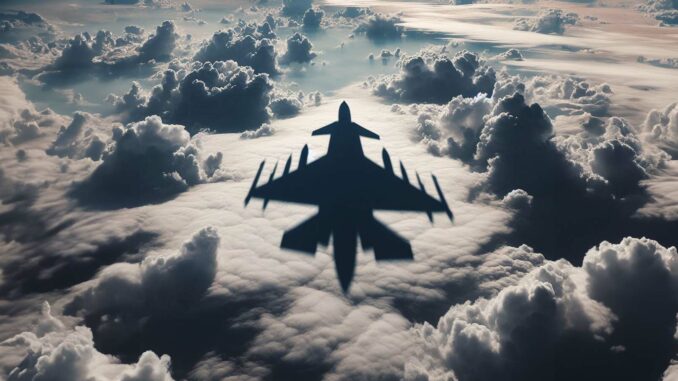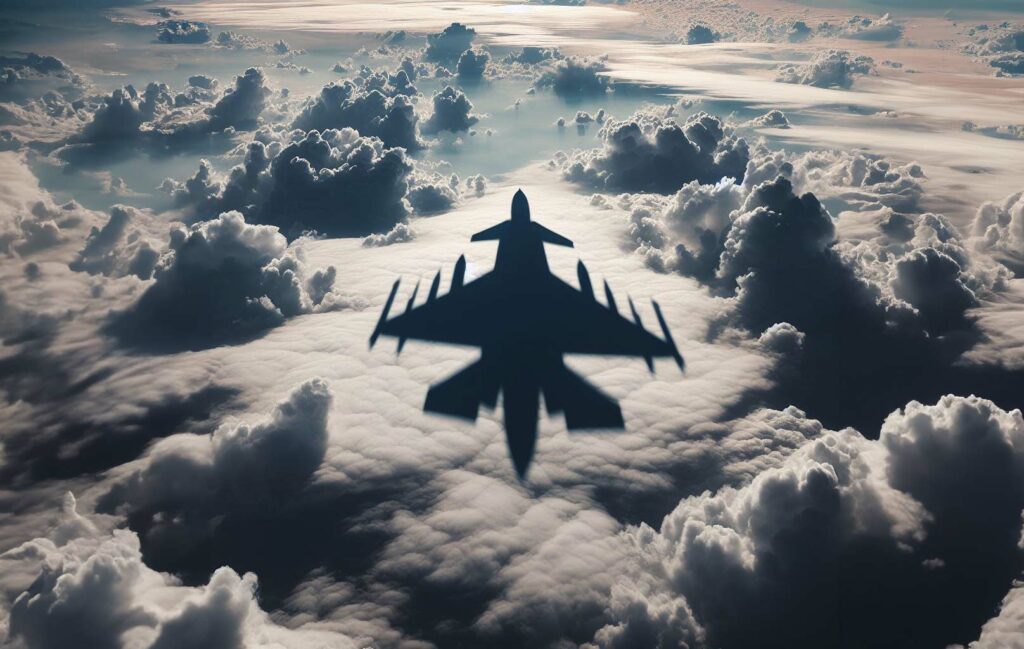
The USAF’s future autonomous fighter jets could be exported to Asia-Pacific countries as early as 2025, marking a major development in defense.
The announcement by the US Air Force (USAF) of the development of autonomous fighter jets, with the prospect of export to foreign countries, notably in the Asia-Pacific region, marks a major evolution in the approach to modern air defense. The first versions of these unmanned fighter jets will be used domestically, but subsequent iterations, expected as early as 2025, could be available for export. This initiative reveals an ambitious strategy aimed at strengthening air combat capabilities while fostering greater international collaboration in the field of defense.
The evolution of air warfare
The USAF is preparing to integrate autonomous fighter aircraft, known as Collaborative Combat Aircraft (CCA), which will operate in tandem with manned fighters to improve operational effectiveness in weapons, electronic warfare and intelligence gathering. Five manufacturers, including Boeing, Lockheed Martin and Northrop Grumman, have been selected to develop CCA prototypes. The aim is to produce a platform that is less expensive than an F-35A, currently valued at around $78 million per unit, while planning to deploy thousands of autonomous systems in the coming years. This initiative aims to accelerate CCA development and consider multi-vendor contracts to achieve desired inventory levels.
Strategic context and international collaboration
The USAF’s decision to explore the export of these autonomous systems is set against a backdrop of strengthening international alliances and deterring potential adversaries. Collaboration with significant partners on the CCA program aims to deepen international involvement, by sharing the reference architecture and interfaces that will be the common basis of each CCA. This will enable non-US companies to develop their own autonomous aircraft compatible with US systems, promoting inherent interoperability between platforms. Notable Asia-Pacific examples include Boeing’s MQ-28 Ghost Bat, developed in partnership with Australia, and several platforms under development by South Korean companies.

Consequences of a new era of air combat
The potential introduction and export of autonomous fighters represents a revolution in air warfare, promising a significant increase in operational capability while reducing costs. However, this evolution also raises ethical and strategic questions, notably concerning the autonomy of combat decisions, the security of sensitive technologies, and the balance of military power on a global scale. The interoperability and standardization of collaborative combat systems could not only strengthen alliances, but also disseminate advanced military capabilities at an unprecedented speed and scale. These developments call for careful consideration of the regulatory framework and international agreements governing the use of these technologies.
Towards a collaborative and autonomous future
The USAF’s initiative to develop and potentially export autonomous fighter aircraft marks a turning point in air defense strategy, with profound implications for international security, cooperation between countries and the future of air warfare. While this technology promises to improve combat capabilities and reduce costs, it also requires careful management to ensure that its deployment enhances international peace and stability. Collaboration and commitment between nations will be essential to navigate the challenges and opportunities presented by this new era of military aviation.
War Wings Daily is an independant magazine.